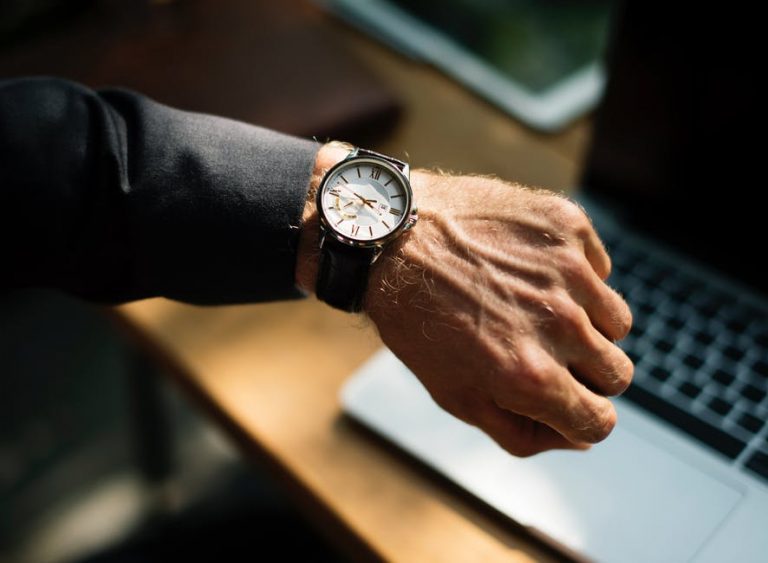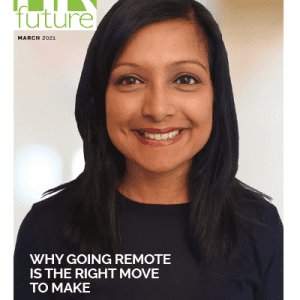Doors are a part of our lives, both at work and at home. Some doors are open and some doors are closed, but not all closed doors are inaccessible. That’s why you need to try the door when you encounter a closed door.
Recently one of my daughters asked if I would take her to the Greenside Post Office to collect a parcel she was expecting from overseas. I asked her to find out what their closing time was and she did – it was 17:30. We then agreed that we would go after work one day as I finished at 16:30, which gave us more than enough time to make the 15 minute trip there.
On the day, we duly left at 16:30 and arrived at the Post Office at 16:45. The Post Office was a small one and there was an open parking place right outside of it which I duly took. As we pulled into the parking space, we both looked at the Post Office which had ceiling to floor windows, and noticed that it looked very quiet. There was no-one inside – this side or that side of the counter.
“It looks like it’s closed,” she commented.
“But you said the Post Office web site said they closed at 17:30,” I replied.
“Well it doesn’t look like there’s anything happening in there,” she added, somewhat disappointed that we had made a trip for nothing.
Because of the work I do helping companies push their boundaries, I suggested to her, “Just go and try the door …”
She hopped out of the car, pushed the Post Office door and … it opened. As she walked through, a person appeared behind the counter – he had obviously been sitting down and was out of sight from where we were in the car.
By the time I joined my daughter inside (in a matter of seconds), she had already received her parcel and was on her way back to the car.
The reason I’m telling you this story is to show you that the very ordinary things in life have very powerful lessons for us. This isn’t a story about trying a Post Office door. It’s a story about challenging boundaries we so often take for granted as being immovable.
Next time you are faced with a “closed door” – a situation that seems like a dead end, a no hoper – I urge you to simply “try the door”. Just turn the handle or push a little and you may be surprised to find the door open. You see, a closed door is not necessarily a locked door. It’s a matter of perception and reality. You look at a door that’s closed and you see a locked door, while it may be a door waiting to be opened. I’m going to repeat this point because it is critically important that you grasp it: a closed door is not necessarily a locked door.
What “closed doors” are you currently facing? Are they career doors, family doors, relationship doors, personal doors that nobody else knows about? Just “try the door” and see what happens. Some of them may indeed be locked, and you have to accept that those doors were never meant to be opened by you. Locked doors provide clarity for you by telling you which doors you shouldn’t go through. Many of them will however open at some stage, and those are the ones meant for you. Don’t try to open a door by force. If they’re unlocked, they will open without any great effort. If a door is meant to open for you, it will open without any force needed.
Life consists of a series of doors. So does innovation. If you don’t try any of the doors you encounter, you’re only going to live half a life, and you’re never going to innovate by trying things you’ve never tried before, so try the doors that appear in front of you because they will lead to wonderful opportunities that will cause you to grow to be more than what you are. And we only rise to greatness by becoming more than we are right now!
Alan Hosking is the publisher of HR Future magazine, www.hrfuture.net and @HRFuturemag. He is a recognised authority on leadership skills for the future and teaches experienced business leaders and Millennial managers how to lead with integrity, purpose and agility. In 2018, he was named by US-based web site Disruptordaily.com as one of the “Top 25 Future of Work Influencers to Follow on Twitter“.


























